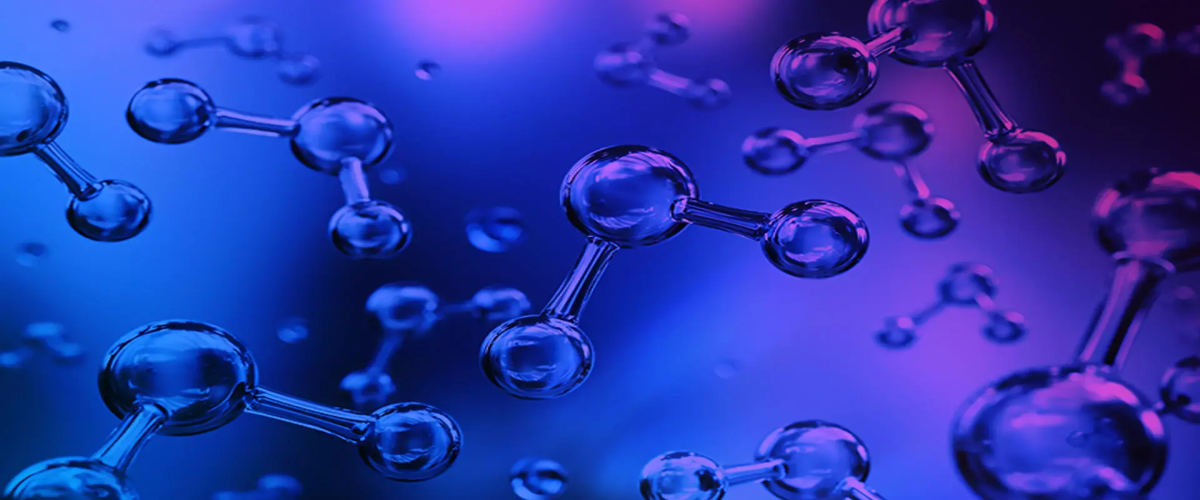Both ketones and esters are two of the most important functional groups in organic chemistry. They are found in a wide variety of organic compounds and play important roles in many biological and chemical processes. Despite their similarities, their characteristics and behaviors are quite different. Let's explore what ketones and esters are, how they are different, how they are similar, and what they mean in chemistry and biology.
Ketones are a class of organic compounds that contain a carbonyl functional group (C=O) in the middle of the molecule. Ketones have two alkyl or aryl groups attached to the carbonyl carbon. The simplest of these is acetone, which has the formula (CH3)2CO. They are produced by the breakdown of fat in the body. Also known as ketone bodies, ketones are chemicals produced when your body starts breaking down fat instead of carbohydrates for energy.
Ketones are formed from fatty acids in the liver and released into the bloodstream, where they can be used as an energy source for the body's cells and organs. When the body is in ketosis, it relies on ketones as its primary fuel source, rather than glucose, which is why the ketogenic diet has become so popular in recent years. However, ketones are not only produced during fasting or a ketogenic diet. They can also be produced when the body is under stress, such as during strenuous exercise, or when there is a lack of insulin in the body, which can happen in people with diabetes.
Three ketones are produced during ketosis: acetone, acetoacetate, and beta-hydroxybutyrate (BHB). Among them, acetone is a ketone that is excreted from the body through breathing, which produces a fruity or sweet smell in the breath, commonly known as "keto breath". This could be a sign that your body has entered a state of ketosis. Acetoacetate, another ketone, is produced in the liver and used by body cells for energy. However, it also converts to BHB, the most common type of ketone in the blood during ketosis. BHB can easily cross the blood-brain barrier, thereby energizing the brain and can improve mental clarity and focus.
Esters are organic compounds with RCOOR' functionality, where R and R' are any organic group. Esters are formed when carboxylic acids and alcohols react under acidic conditions and eliminate a molecule of water. They are commonly found in essential oils and many fruits. For example, the aroma in ripe bananas comes from an ester called isoamyl acetate.Esters have unique properties that make them valuable in various industries.

1. Fragrances
One of the most common uses of esters is in fragrances and perfumes due to their sweet, fruity and pleasant smell, and they also help enhance the overall fragrance of a product, making it more appealing to users.
2. Food flavor
The unique chemical structure of esters allows them to impart fruity and floral aromas, so esters are also used in the food industry, especially in flavorings. It is relatively common in many foods including confectionery, baked goods and beverages. In everyday life, esters have been used in the production of artificial flavors and have become basic ingredients in many foods.
3. Plastic
As plasticizers, esters make plastics more flexible and durable. So esters are used in the production of various plastics, and they also help prevent plastics from becoming brittle over time. This is critical for durable products such as automotive components or medical devices.
4. Solvent
Because esters can dissolve organic substances such as oils, resins and fats. Therefore, esters are useful in many industries as solvents for dissolving other substances. Esters are good solvents, which makes them useful in the production of paints, varnishes and adhesives.
By comparing ketones and esters, we can find that the difference between ketones and esters is mainly in the following aspects:
1. The main difference between ketones and esters is mainly in the chemical structure. The carbonyl group of ketones is located in the middle of the carbon chain, while the carbonyl group of esters is located at the end of the carbon chain. This structural difference leads to differences in their physical and chemical properties.
●Ketones are organic compounds having a carbonyl group consisting of an oxygen atom double bonded to a carbon atom located in the middle of a carbon chain. Their chemical formula is R-CO-R', where R and R' are alkyl or aryl. Ketones are formed by oxidation of secondary alcohols or cleavage of carboxylic acids. They also undergo keto-enol tautomerism, which means they can exist in both ketone and enol forms. Ketones are commonly used in the production of solvents, polymer materials and pharmaceuticals.
●Esters are organic compounds having a carbonyl group at the end of a carbon chain and an R group attached to an oxygen atom. Their chemical formula is R-COOR', where R and R' are alkyl or aryl. Esters are formed by the reaction of carboxylic acids with alcohols in the presence of a catalyst. They have a fruity smell and are often used in the production of perfumes, essences and plasticizers.
2. The most obvious difference between ketones and esters is their boiling point. The boiling point of ketones is higher than that of esters because they have stronger intermolecular forces. The carbonyl group in a ketone can form hydrogen bonds with nearby ketone molecules, resulting in stronger intermolecular forces. In contrast, esters have weaker intermolecular forces due to the inability of the oxygen atoms in the R group to form hydrogen bonds with nearby ester molecules.
3. In addition, the reactivity of ketones and esters is different. Due to the presence of two alkyl or aryl groups on either side of the carbonyl group, ketones are more reactive than esters. These groups can donate electrons to the carbonyl, making it more susceptible to nucleophilic attack. In contrast, esters are less reactive due to the presence of an alkyl or aryl group on the oxygen atom. This group can donate electrons to the oxygen atom, making it less vulnerable to nucleophilic attack.
4. Due to the different structures, boiling points and reactivity of ketones and esters, the differences in their uses are determined. Ketones are often used in the production of solvents, polymer materials and drugs, while esters are often used in the production of fragrances, flavors and plasticizers. Ketones are also used as fuel additives in gasoline, while esters are used as lubricants in machinery.
We already know the details of ketones and esters, so what is the difference between ketones, esters and ether?
First of all, we need to know what ether is? ether contain an oxygen atom bonded to two carbon atoms. They are a compound known for its narcotic properties. ether are usually colorless, less dense than water, and are good solvents for other organic compounds such as oils and fats. They are also used as fuel additives in gasoline engines to improve the performance of the engines.
After understanding the chemical structures and uses of these three, we can clearly know that the differences between ketones, esters and ether include the following two aspects:
1. One of the most notable differences we can find between ketones, esters, and ether is their functional groups. Ketones contain carbonyl groups, esters contain ester-COO- linkages, and ether's do not contain any functional groups. Ketones and esters share some similarities in chemical properties. Both compounds are polar and can form hydrogen bonds with other molecules, but the hydrogen bonds in ketones are stronger than those in esters, resulting in a higher boiling point.
2. Another important difference is that the three have different uses
(1) One of the most common uses of ketones is as a solvent for resins, waxes, and oils. They are also used in the production of fine chemicals, pharmaceuticals and agrochemicals. Ketones such as acetone are used in the production of plastics, fibers and paints.
(2) Esters are commonly used in the food and cosmetic industries for their pleasant aroma and flavor. They are also used as solvents for inks, varnishes and polymers. Esters are also used in the production of resins, plasticizers and surfactants.
(3) ether have a wide range of uses due to their unique properties. They are used as solvents, anaesthetics and surfactants, among others. In the agricultural industry, they are used as fumigants to protect stored crops from pests and fungal infections. ether is also used in the production of epoxy resins, adhesives and cladding materials.
Ketones and esters have widespread applications in organic chemistry and are building blocks of many industrial processes. For example, ketones are used as solvents, in the production of pharmaceuticals and polymers. Esters, on the other hand, are used in the perfume and cosmetic industry, as flavoring agents in the food industry, as solvents, and also in paints and coatings.
Post time: Jun-14-2023







